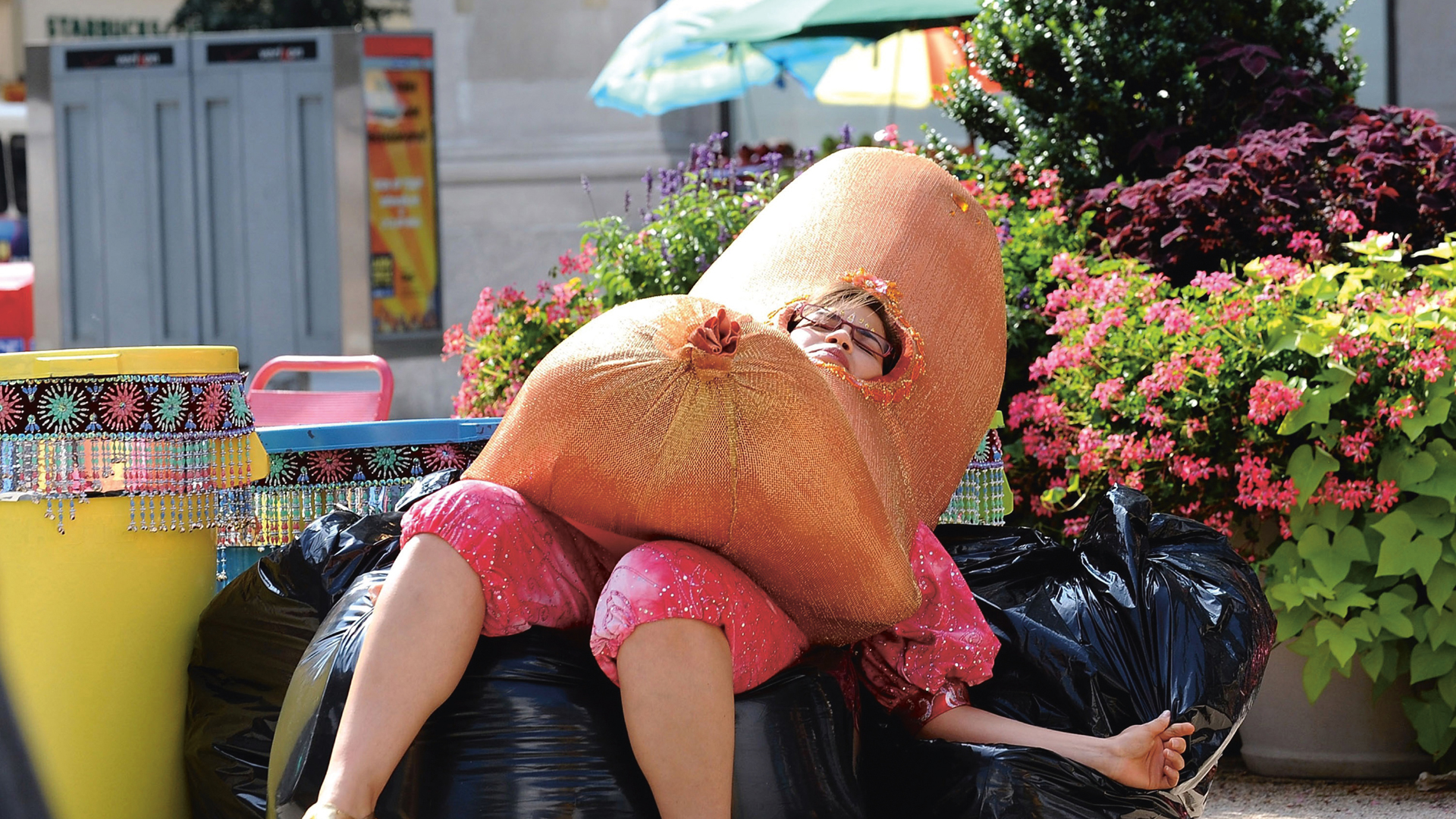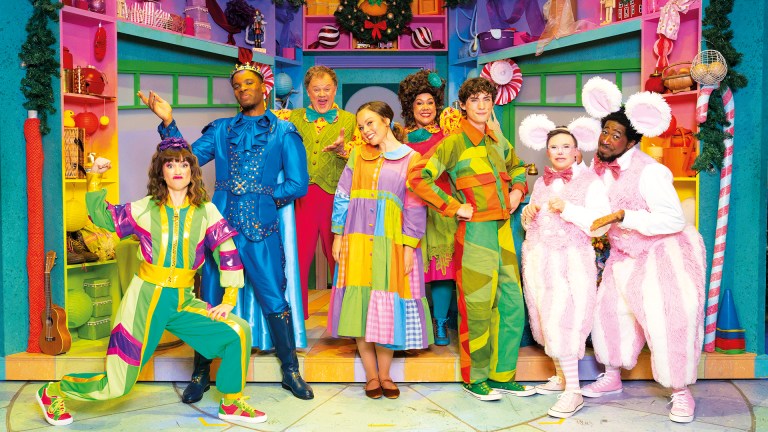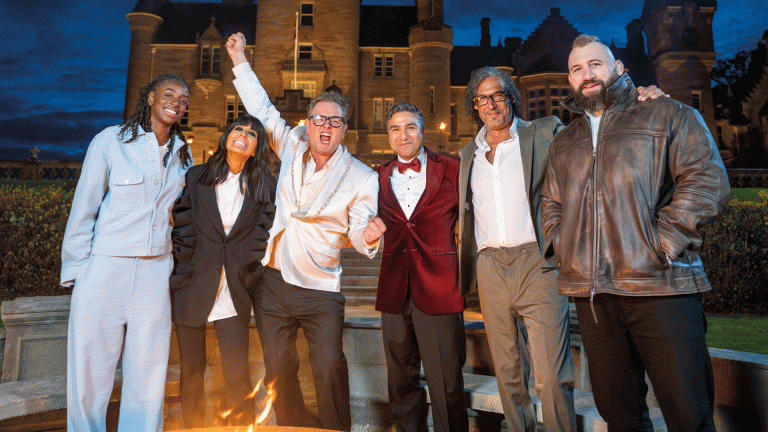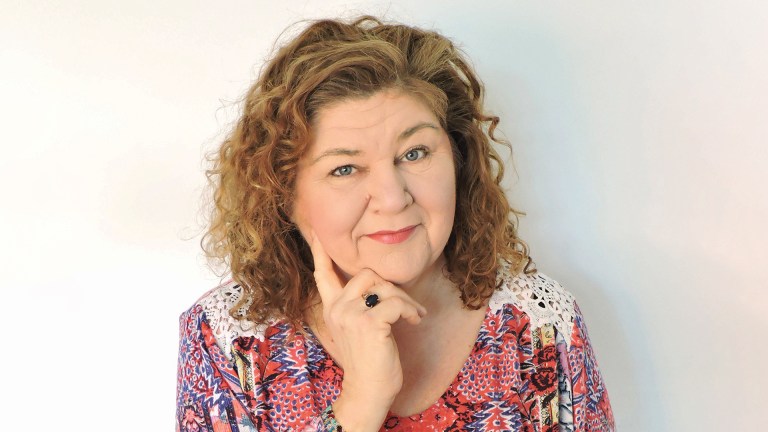I recently introduced my 12-year-old daughter to the magnificent mid-Noughties comedy drama Ugly Betty. In case you never saw it, the show is about smart but unstylish Betty, a Mexican-American from working-class Queens who manages to land a job at a high-class fashion magazine. It is an underrated gem. The script is razor-sharp, the stories are funny and moving and all the performances are brilliant.
“Didn’t you used to work in magazines Dad?” my daughter asked me while we were watching. I did, I told her, but not ones like this. The mag in Ugly Betty is called Mode where everyone is beautiful and rich. I cut my teeth on what we used to unashamedly call lads’ mags in the Nineties and Noughties where, for a while, the sales were higher than the likes of Vogue could ever dream of. But few of us were beautiful, the offices stunk of BO and everyone was always skint.
Nevertheless, it was all great fun while it lasted. I went on to work at mags that were fractionally more comparable to Mode, like Heat – where at least it was less smelly.
Reading magazines sparked all sorts of magical thoughts in my young mind that not only brought me a lifetime of joy
I grew up loving magazines. I started out subscribing to Look-in, moved on to Smash Hits, became hooked on The Face then – once I was at university – was delighted to discover Loaded with all its celebration of the daft stuff me and my mates had been chatting about in the pub but assumed no one else was interested in.
I fetishised magazines and collected them obsessively. They were like wonderful sweet shops for my imagination, spilling with bright colours and brilliant new ideas.
My mum’s attic is still filled with stacks of copies I refused to throw out. One day the ceiling will give under the weight of them all and my mum will be found dead underneath a big pile of Face magazines from the early Nineties. What a way to go: smashed in the face by a glossy portrait of Sandra Bernhard or Monie Love.









